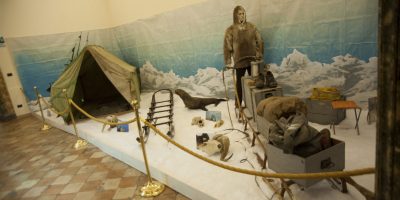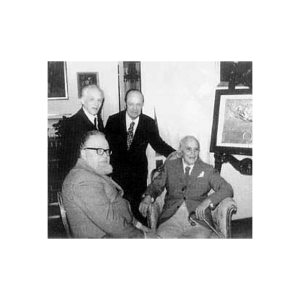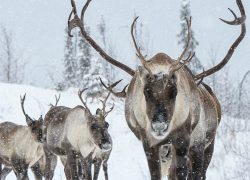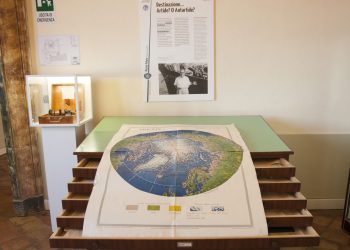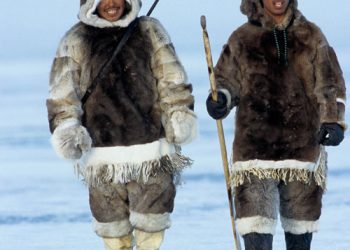Istituto Geografico Polare “Silvio Zavatti”
Benvenuti nell’Istituto Geografico Polare “Silvio Zavatti”,
il primo museo in Italia dedicato ai Popoli Artici e agli Esploratori Polari.
Diretto da Gianluca Frinchillucci
dal 1969
Benvenuti nell'Istituto Geografico Polare "Silvio Zavatti"
Attraverso le splendide sale dai soffitti affrescati di Palazzo Paccaroni vi ritroverete catapultati nell’accampamento di un esploratore polare, tra tende, slitte e casse accuratamente sistemate e pronte per il lungo viaggio tra i venti gelidi e i ghiacciai dell’estremo Nord.

Il Museo Polare
Come si organizza una spedizione al Polo Nord? Come ci si prepara a un viaggio tra i ghiacci eterni?
Vieni a scoprirlo con noi!
La sconfinata passione di Silvio Zavatti per le sterminate distese di ghiaccio e le grandi esplorazioni italiane ai poli.
Entrambi sono ricoperti da immense distese di ghiaccio e il freddo regna perenne. La natura è ostile, la vita estrema. Ma…quali sono le differenza tra Polo Nord e Polo Sud? Dove vivono i pinguini? E gli orsi polari?
Alla scoperta dei poli…solo con l’aiuto di una “semplice” bussola!
Chi sono gli Inuit, il popolo che vive tra i ghiacci del Polo Nord?
Continua il viaggio alla scoperta dei popoli che vivono nel Circolo Polare Artico
Polo Nord
Inuit e i cambiamenti climatici
Attualmente la sopravvivenza delle popolazioni Inuit è fortemente minacciata dai cambiamenti climatici e ambientali.

